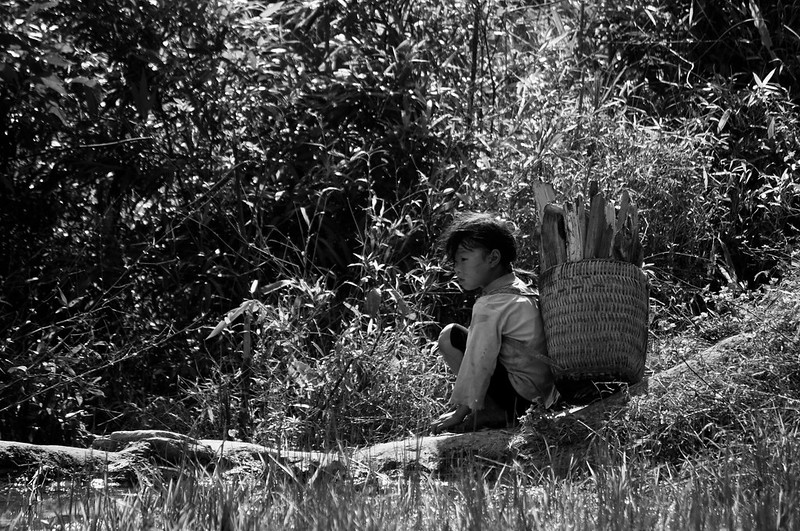This blog was first published in June 2020.
According to UNICEF and the ILO, for the first time in 20 years, child labor has increased by 8.4 million children – a trend that is expected to continue into the near future as a result of the COVID-19 pandemic. June 12th was World Day Against Child Labor; addressing the systemic challenge of child labour and preventing a reversal of any progress made since 2000 requires more innovative approaches tailored to the needs and voices of children and their families.
As the impact of the pandemic accentuates preexisting inequalities, addressing the nuances behind the issue of child labour requires input from communities and local NGOs directly. As an example, girls are often at a higher risk of child labour due to gendered dynamics, which may layer domestic chores and caring duties on top of other labour obligations. From 2012-2016, the reduction of child labour for girls was only half of the decrease for boys. The remote and informal nature of agricultural work also means the sector continues to be the most susceptible to child labour, making up 71% of the world’s child labourers. Difficulties in detecting and measuring means that this figure is likely an underestimate. In Africa, the instance of child labour in agriculture is even higher at 85%, and primarily occurs in sectors such as cocoa, palm oil, and tobacco.
COVID-19 has only exacerbated these preexisting trends. The International Cocoa Initiative (ICI) recently found that a 10% income decrease in some agricultural communities can cause child labour to rise by more than 5%. Moreover, a study conducted in Nepal which has great implications for the pandemic shows that paternal disability or death greatly increases the likelihood of engagement in the worst forms of child labour. Within agriculture specifically, movement restrictions on seasonal migrant workers may mean that children will be increasingly relied upon to carry out physically demanding and dangerous duties whether on family or community farms.
Uncovering and measuring the risk and impact of child labour is the first step towards ending it. To end child labour in their cocoa supply chains, global brands have partnered with the ICI to implement their Child Labour Monitoring and Remediation Service (CLMRS), which seeks to reduce the cause of child labour at the source by engaging cocoa-producing communities. As recently highlighted in a CLMRS progress report by Nestle, the program could be improved with greater participatory design informed by children’s voices, which allows reliable self-reporting of child labour within communities.
The prevalence of digital interconnectivity even amongst smallholder farmers enables the application of worker engagement technology which can help identify and mitigate child labour. Through sharing targeted information on resources and rights, gathering frequent insights, and enabling remediation at the case-level by connecting families to local support, such tools can help organizations close the feedback loop between producers and other upstream actors within complex supply chains. However, worker voice technology is just one tool which offers an effective means to collect data and engage with stakeholders at scale in order to support – not substitute – interventions driven by children, families, and communities.
In these difficult circumstances, the work of ensuring that children are protected is more pertinent than ever. As the world looks ahead toward recovery, there is an opportunity to build a better normal.

